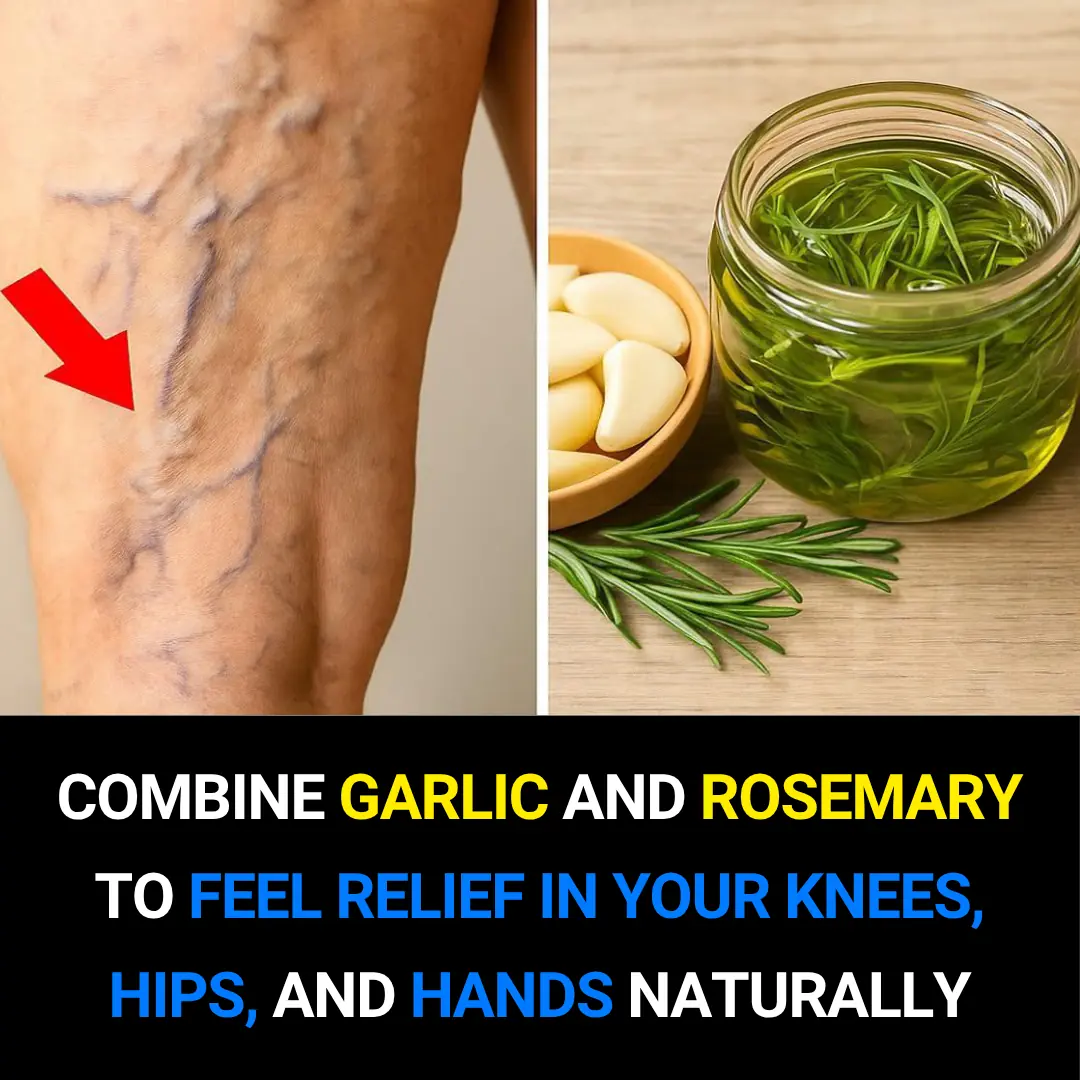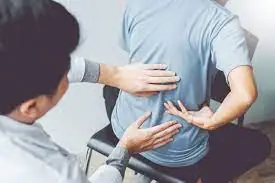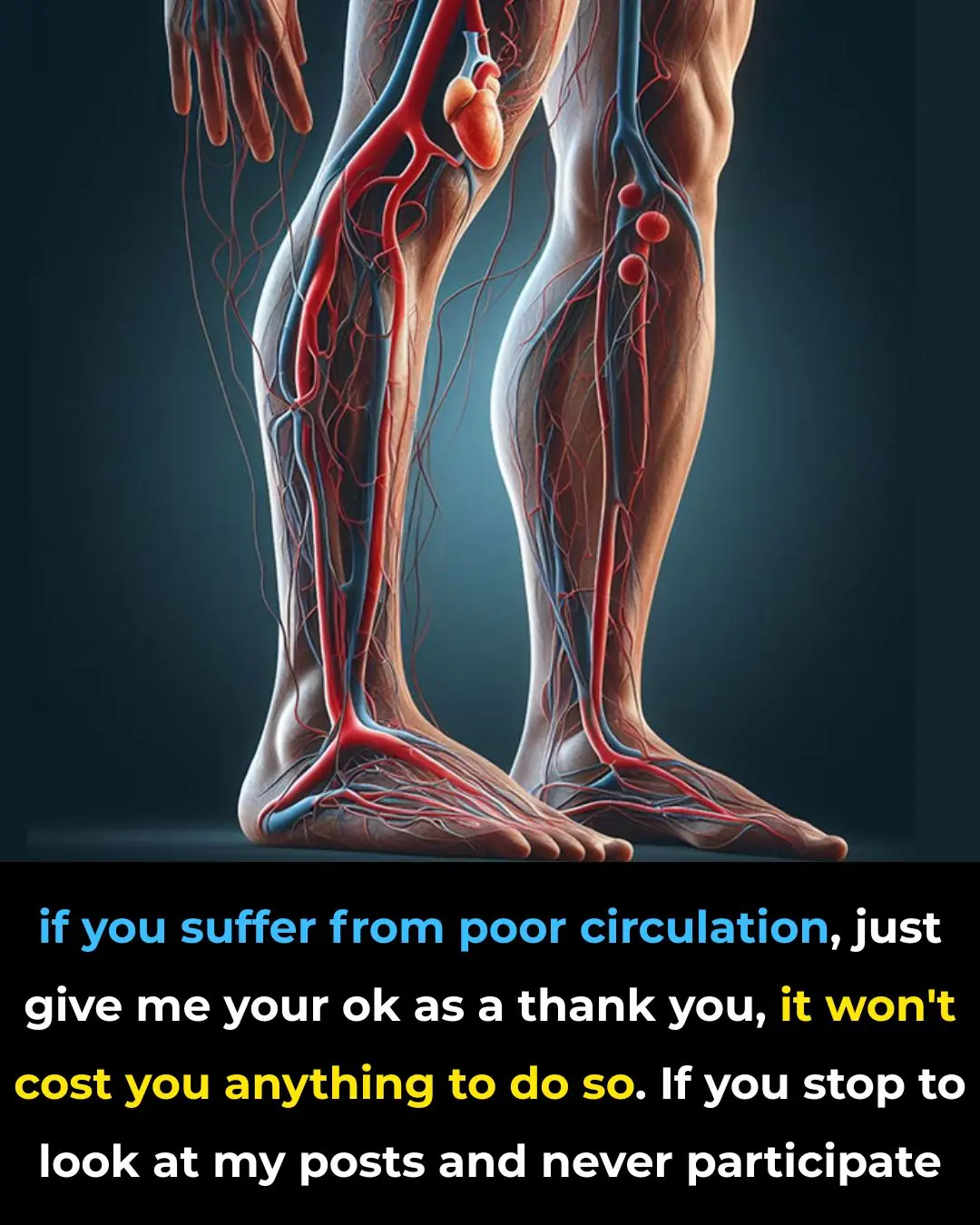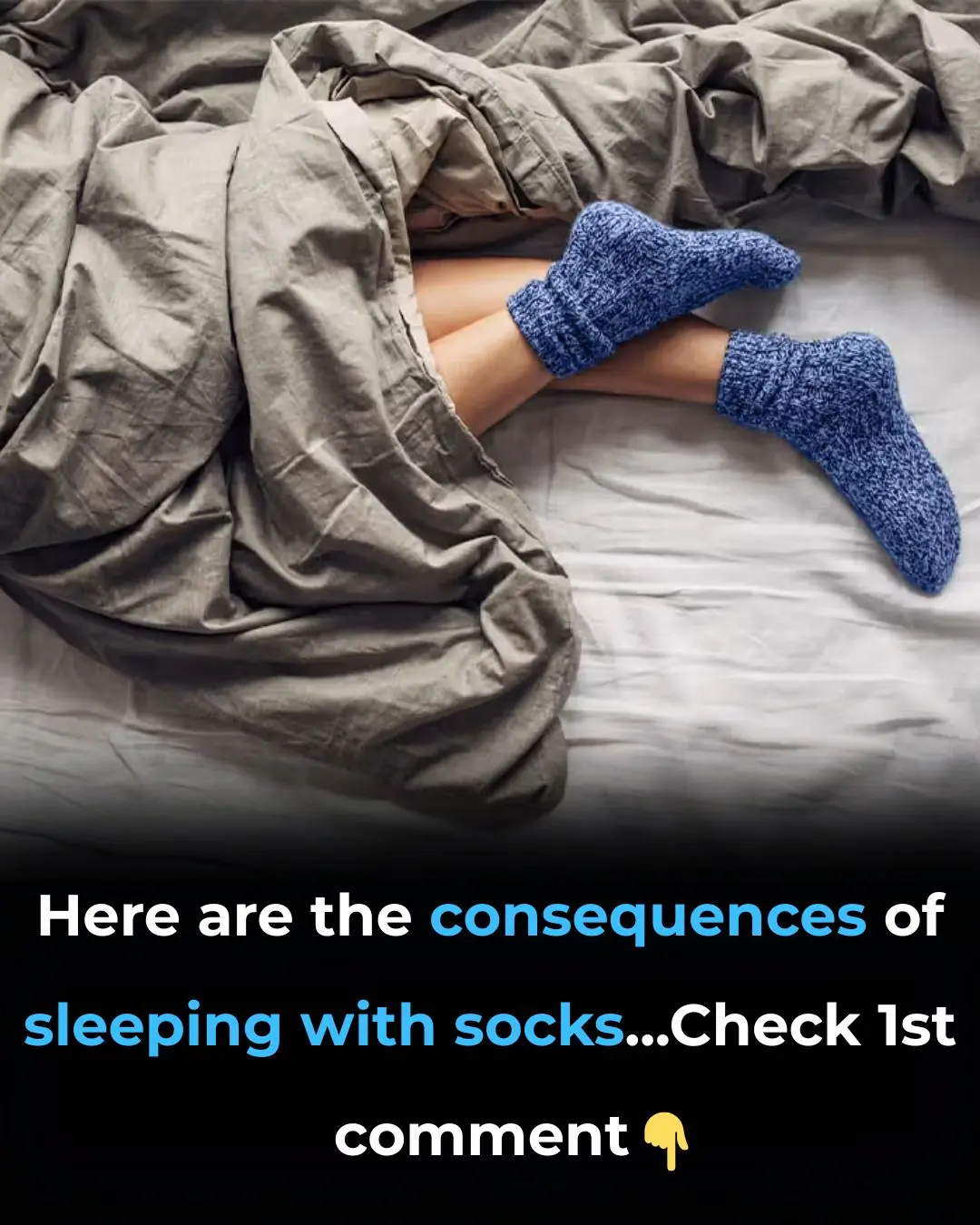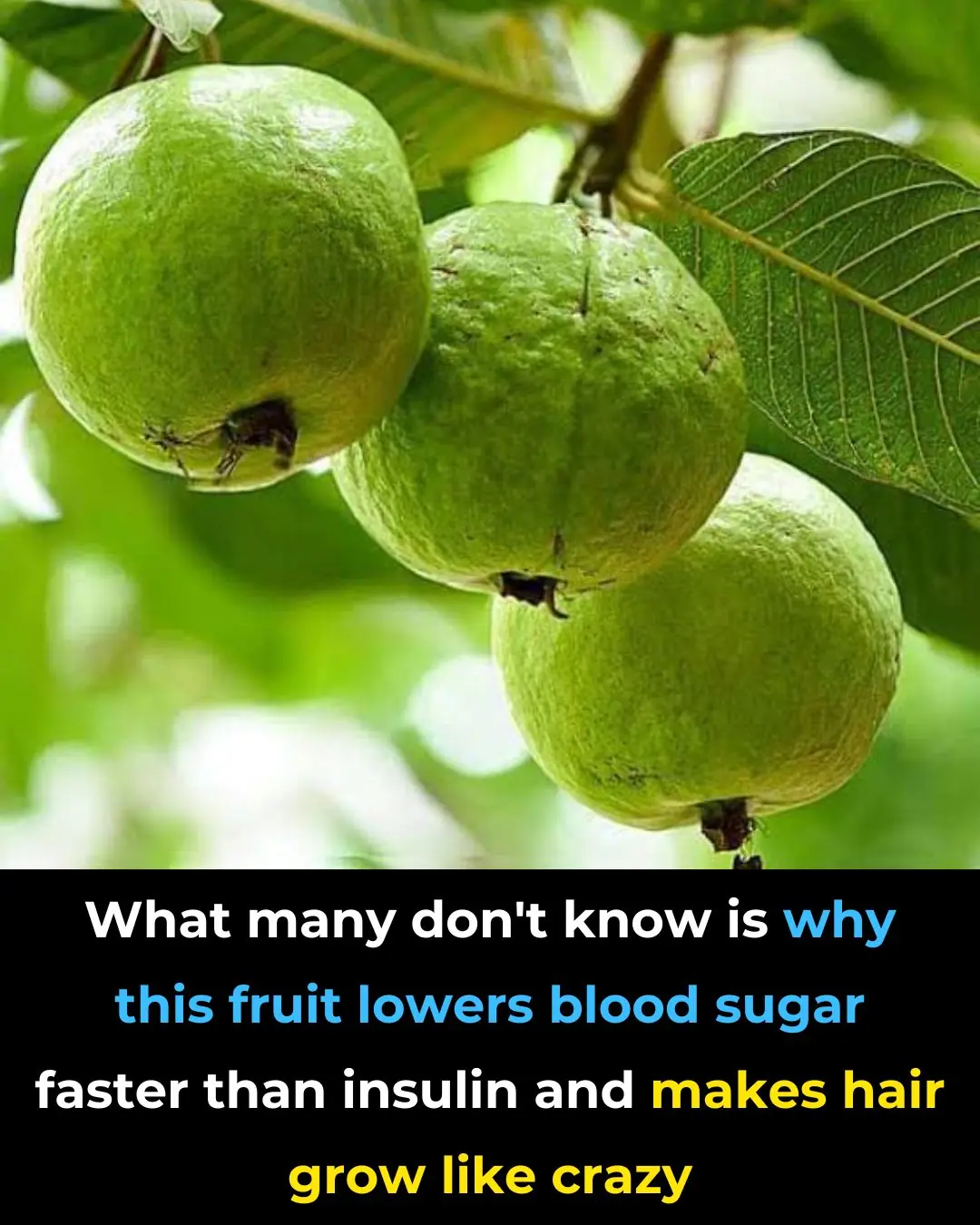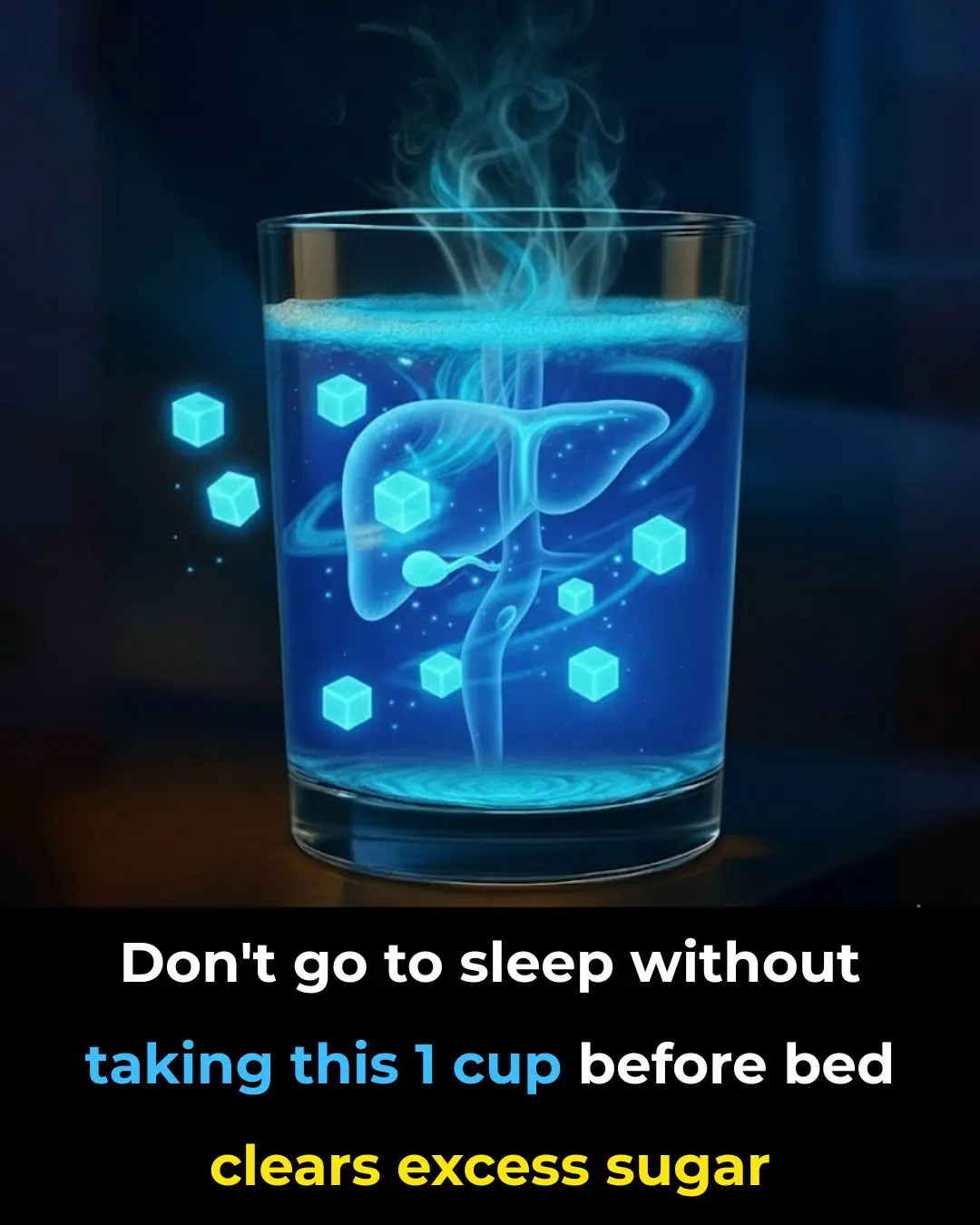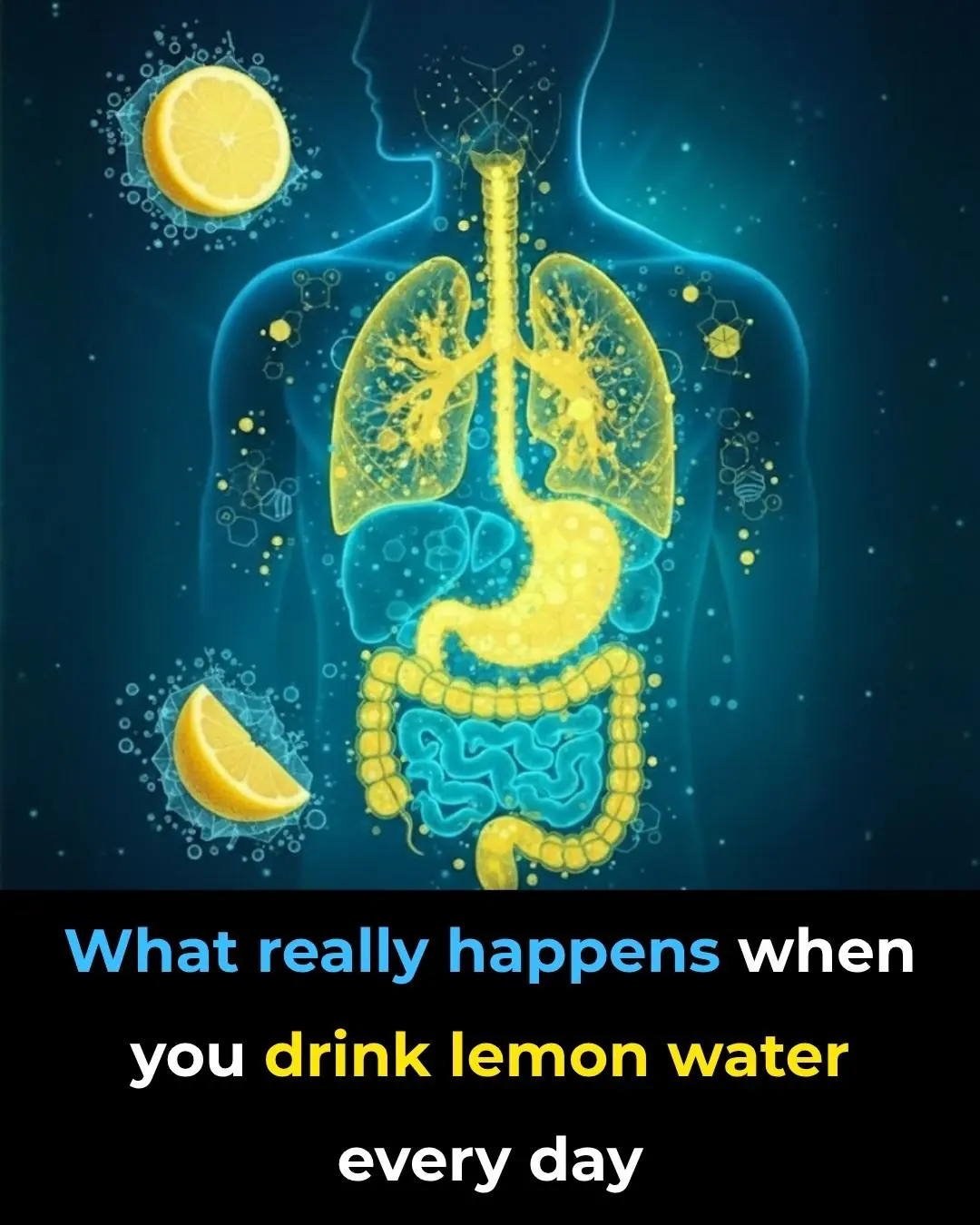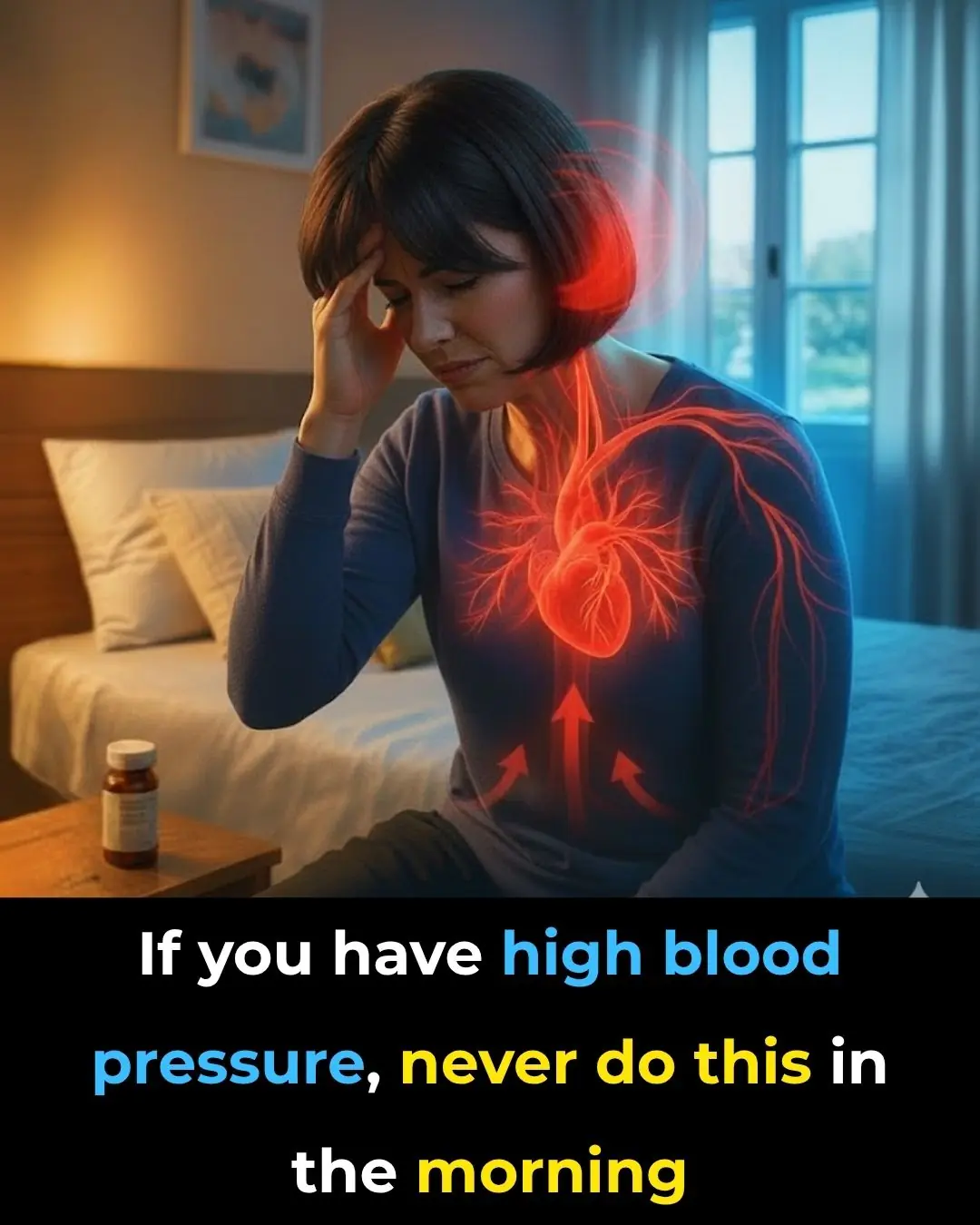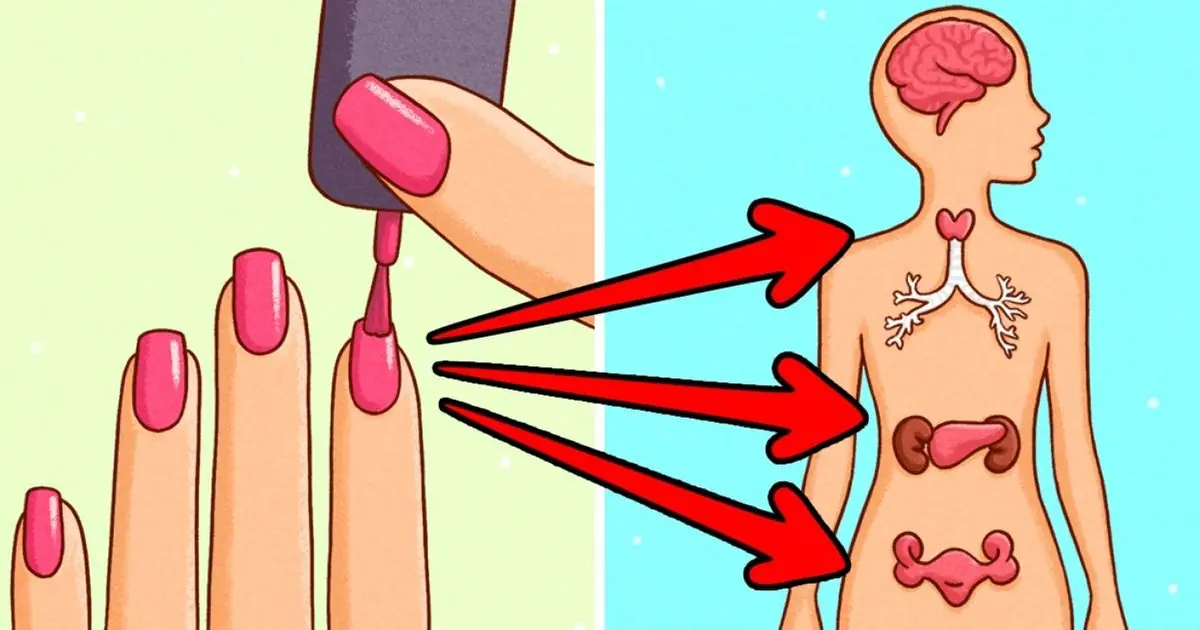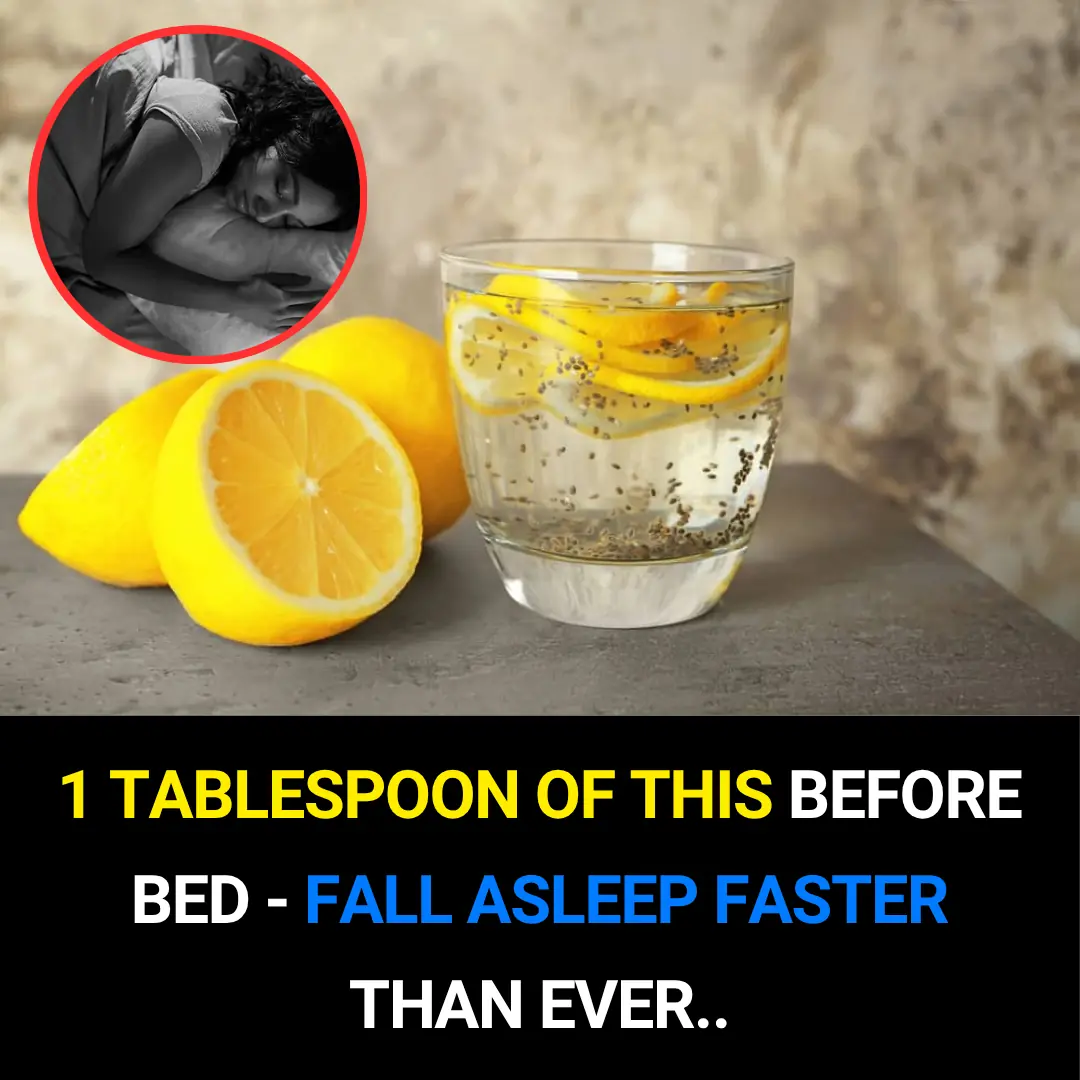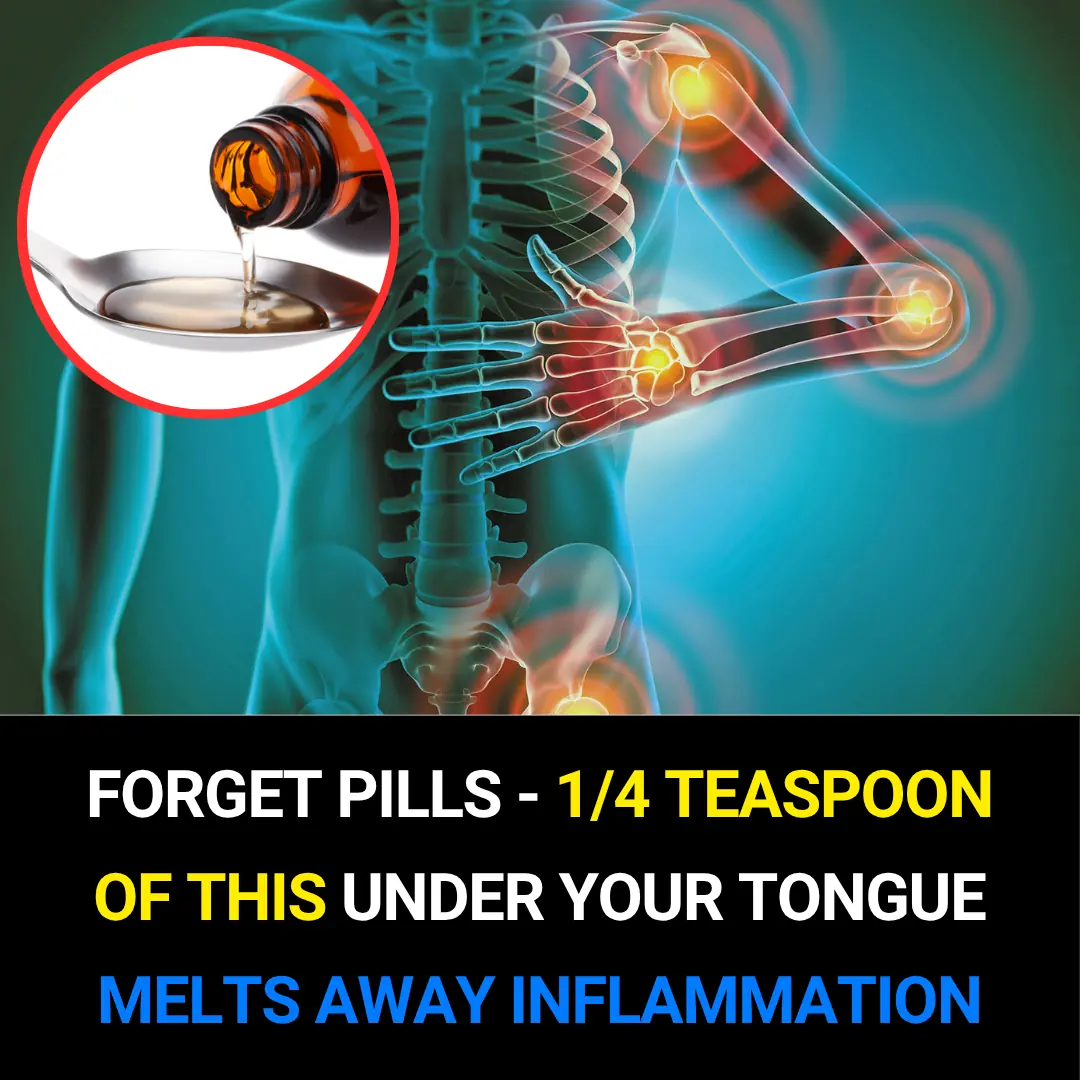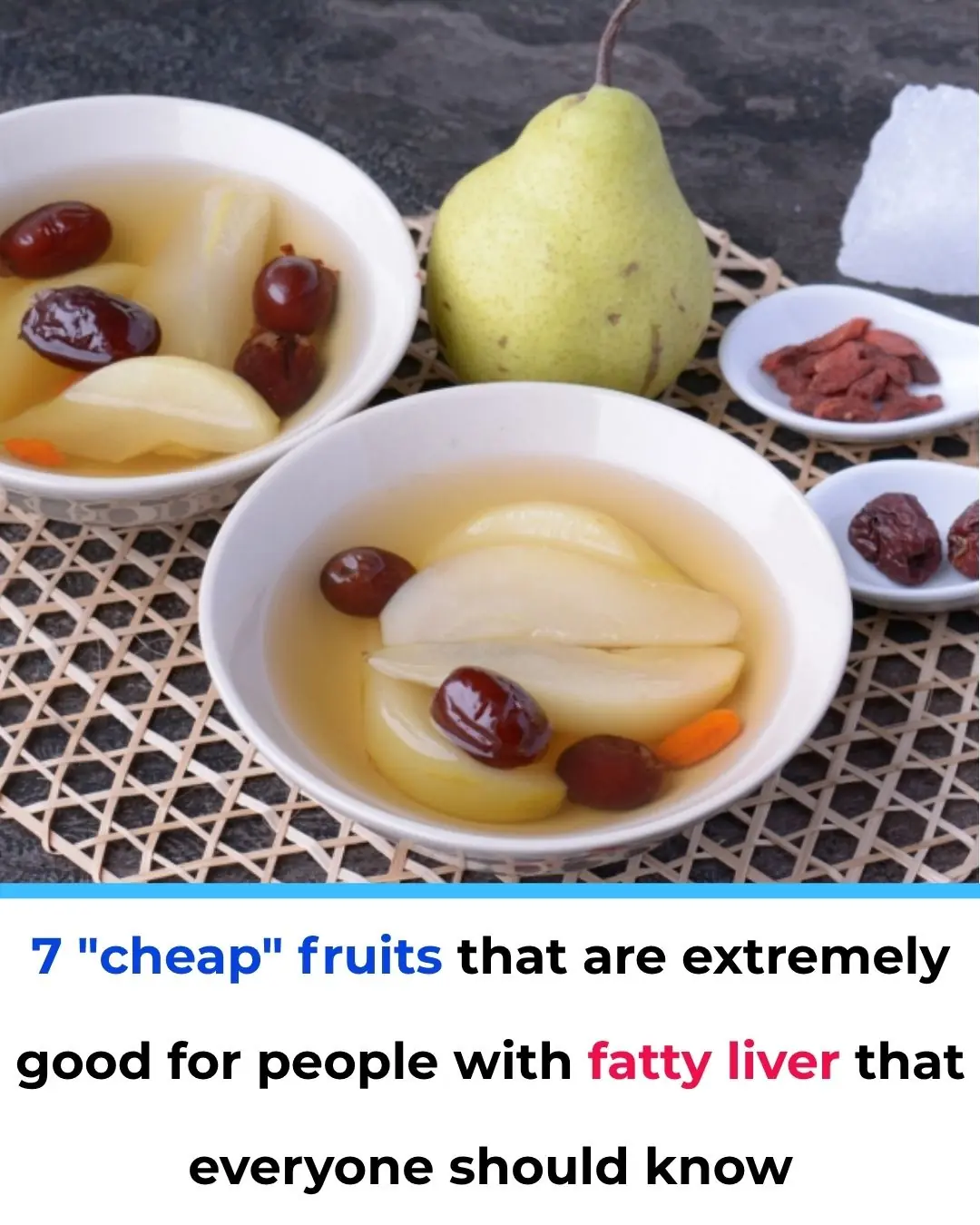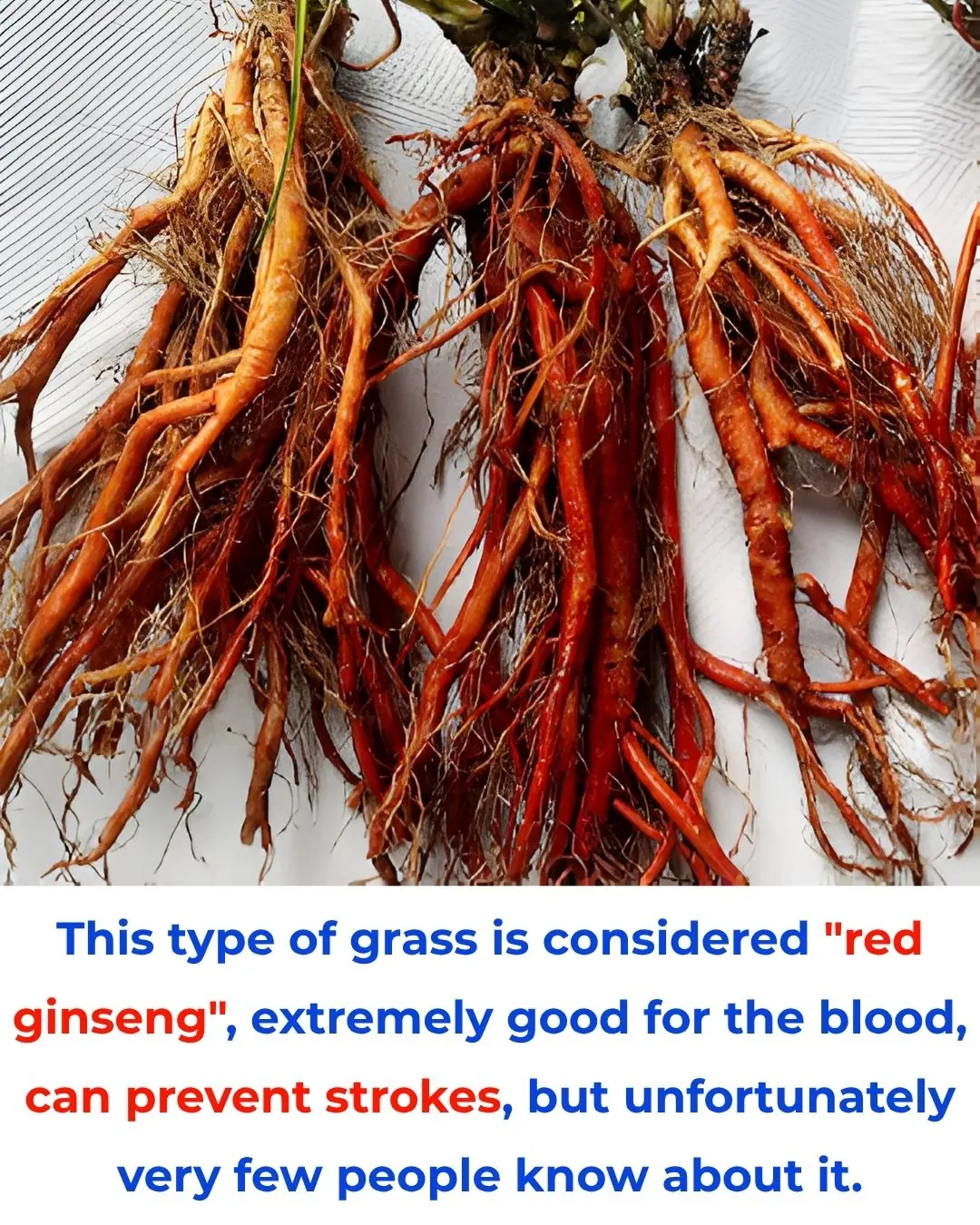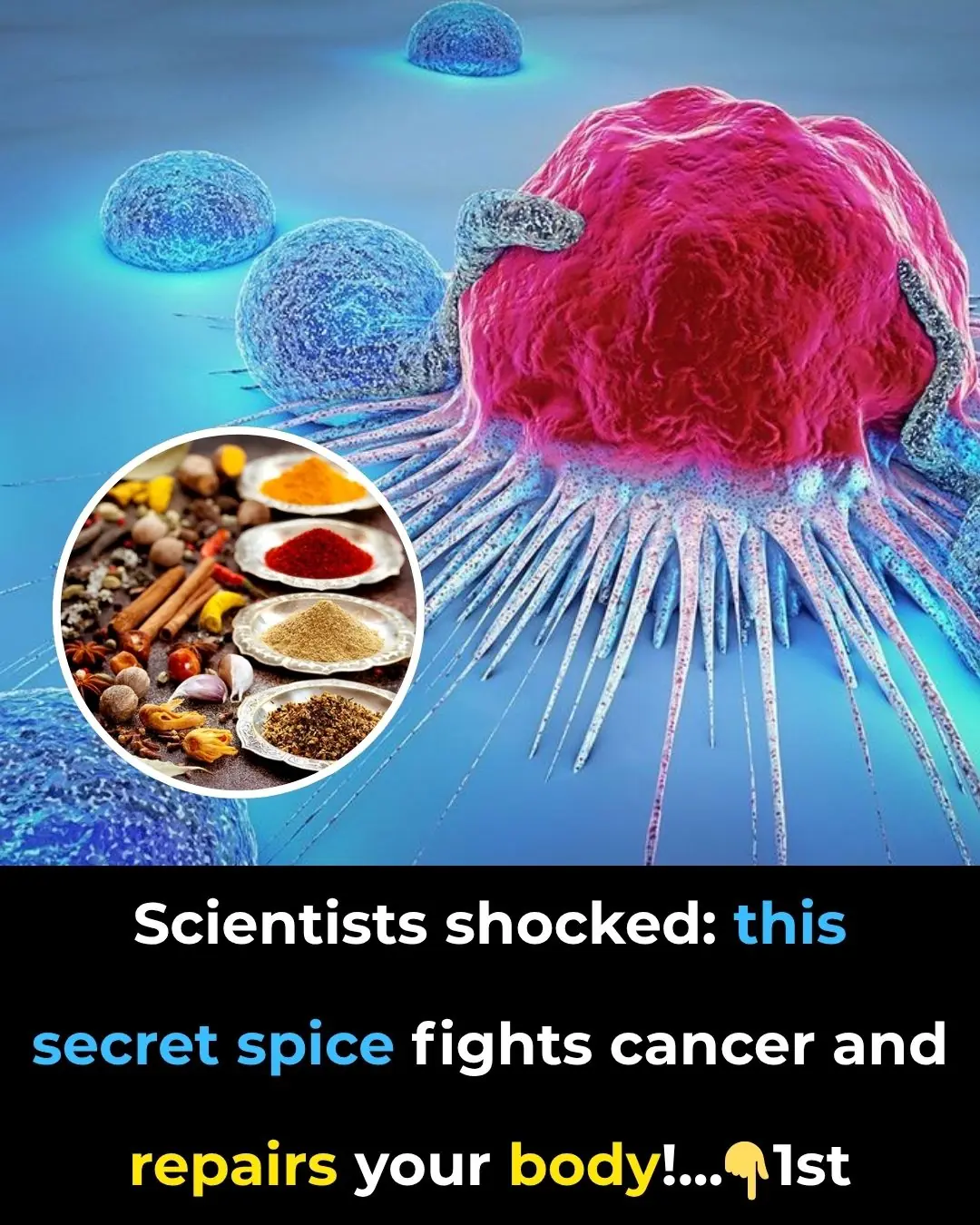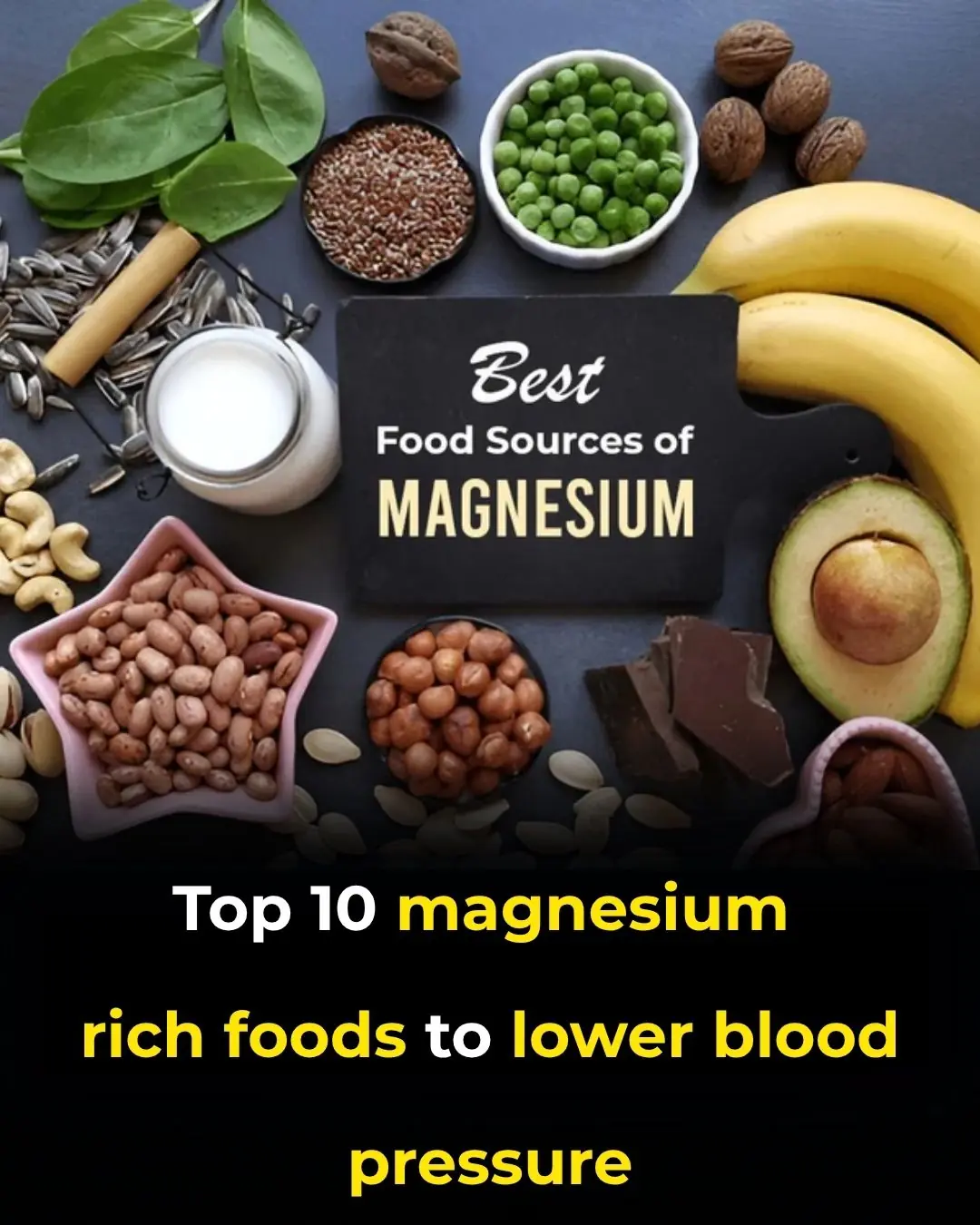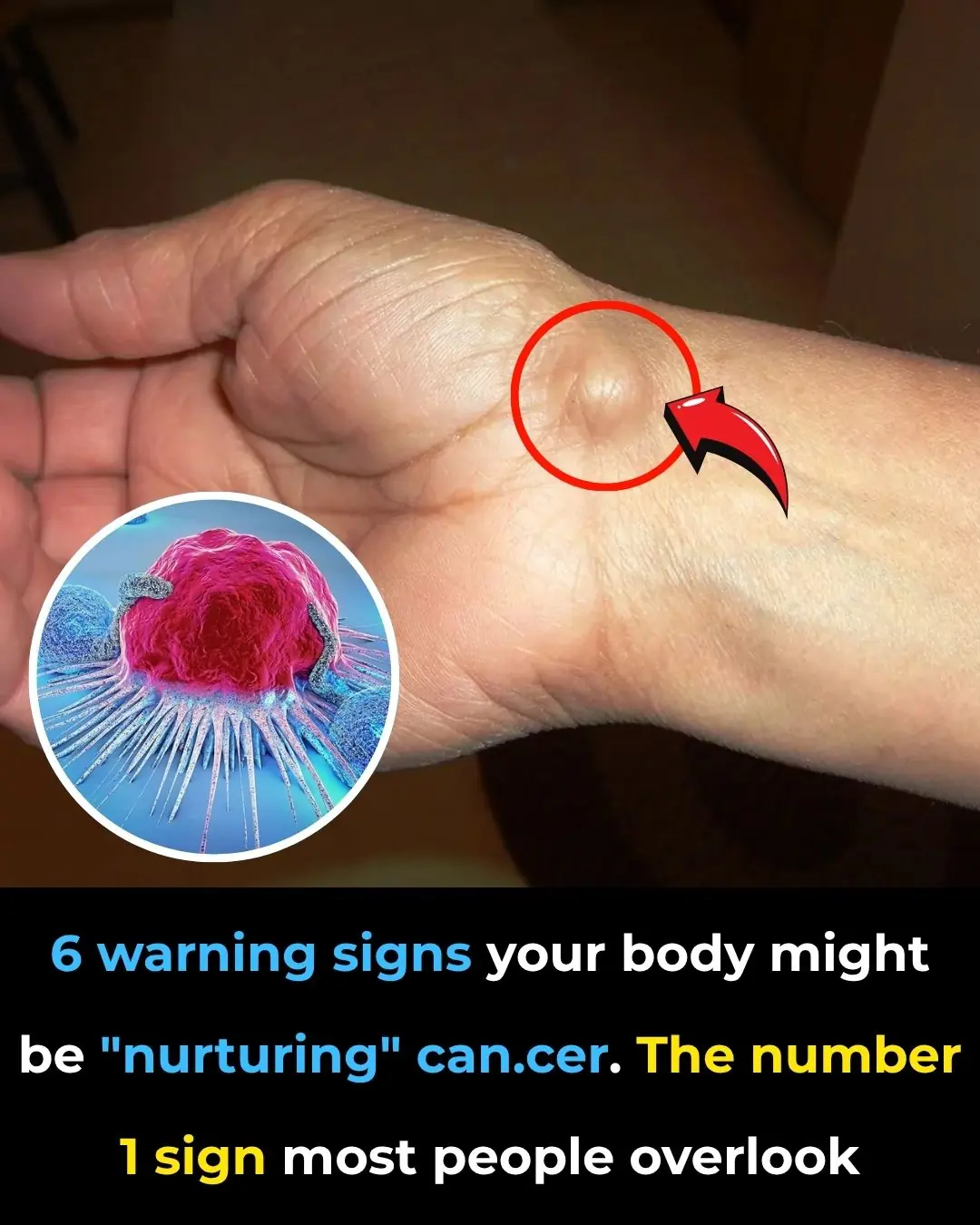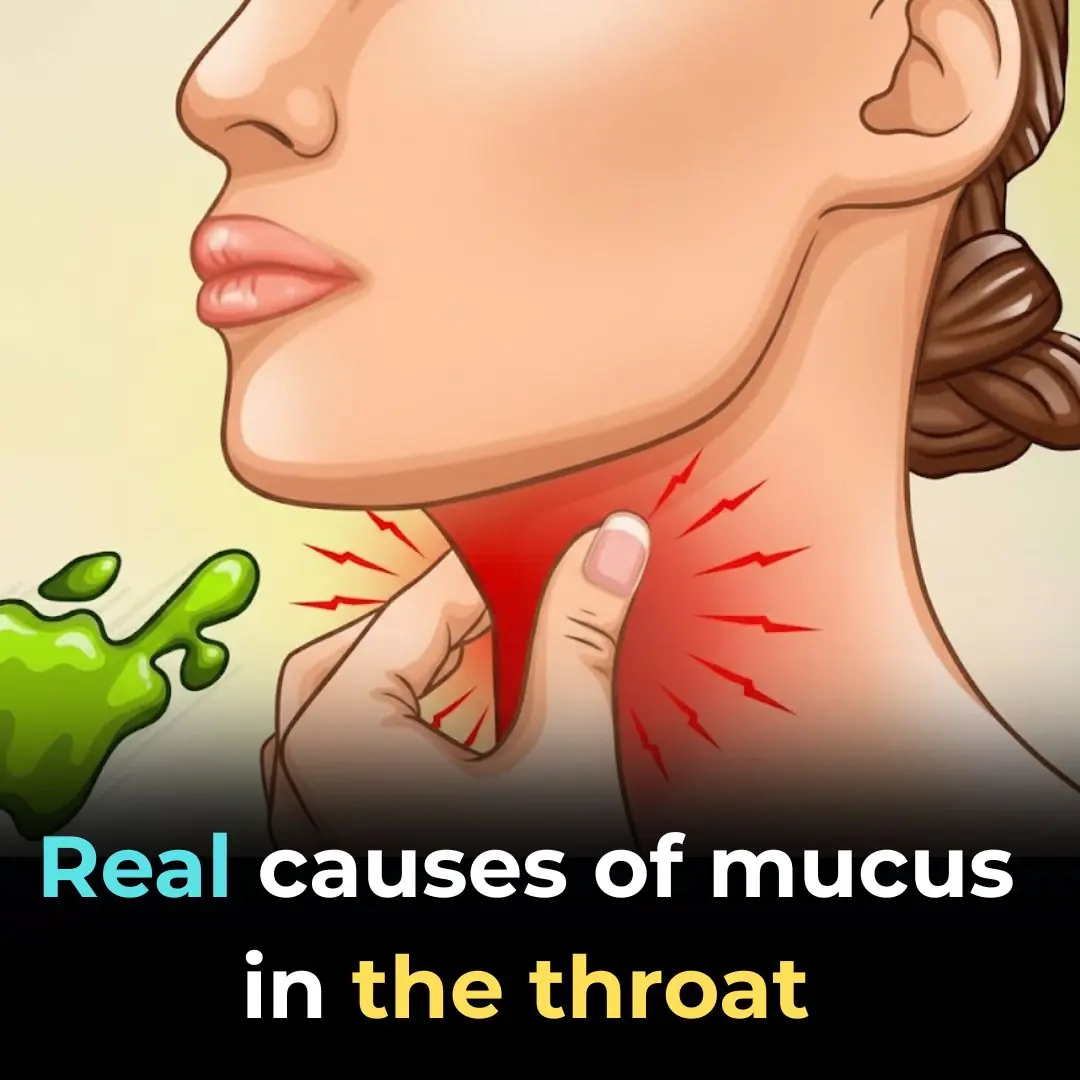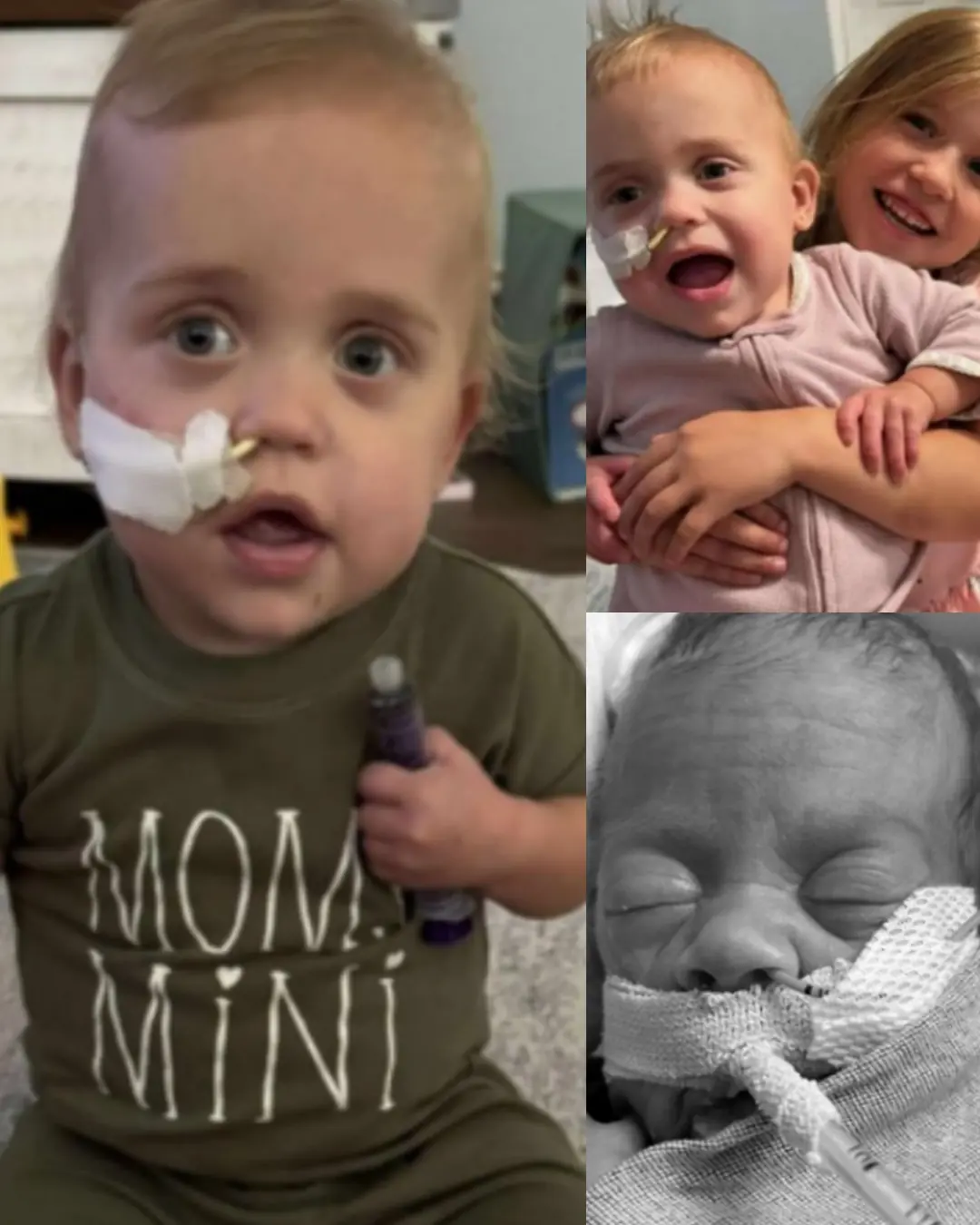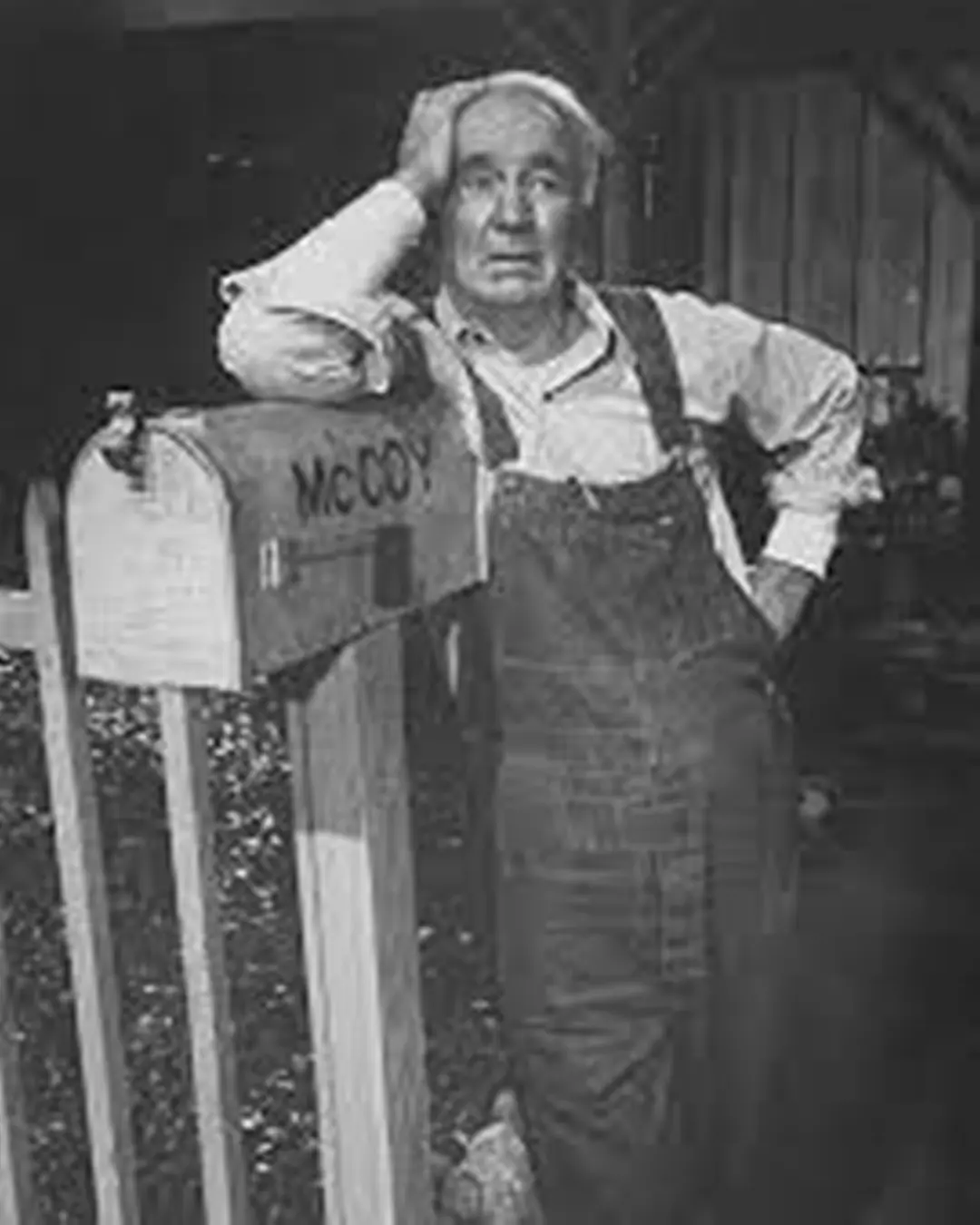6 Warning Signs of a Clogged Artery Most People Ignore (Cardiologist Alert)
Did you know that every few minutes, someone experiences a life-changing event due to cardiovascular disease? It’s a chilling statistic—but behind those numbers are real people: fathers, mothers, siblings, and friends. What’s even more alarming is that the first sign of trouble is rarely the dramatic, chest-clutching heart attack we see in movies. Instead, it’s often something subtle, quiet, and easy to dismiss—making it even more dangerous.
It might be a tingling in your legs that you chalk up to sitting too long, a pain in your calf you blame on fatigue, or mental fog you assume is just stress. These minor, everyday sensations may be your body’s early cries for help.
Today, we’ll decode the six critical warning signs your body gives when your arteries are in trouble. You’ll learn how to recognize these red flags—some of which may surprise you. These signs don’t exist to scare you—they exist to empower you. Armed with this knowledge, you can protect yourself and your loved ones from avoidable tragedy.
This article draws from the insights of cardiologist Dr. André Luís Wambier, who specializes in early detection of vascular disease.
🚨 What Does "Clogged Arteries" Really Mean?
You’ve probably heard the term "clogged arteries," but what’s actually happening inside your body?
Think of your circulatory system like a complex highway system. Arteries are the major highways, carrying bright, oxygen-rich blood from your heart to the rest of your body. Over time, these highways can become narrowed or blocked by atherosclerosis—a buildup of fatty plaque, calcium, and inflammatory cells. This restricts blood flow like a traffic jam that gradually worsens with age and poor habits.
Veins, on the other hand, are the return roads. They carry oxygen-depleted blood back to the heart and lungs. The biggest threat here is thrombosis—a sudden blood clot, which can instantly block a vein like a crash blocking a one-lane road.
When either route is compromised, the consequences can be life-threatening. But your body does send warning signals—you just need to know how to interpret them.
⚠️ Key Takeaways:
-
Don’t ignore the subtle signs: Changes in your skin, unexplained calf pain, or mental fog may all indicate poor circulation.
-
Arteries vs. Veins matter: Arterial problems tend to develop slowly; venous issues like clots can strike suddenly.
-
Gender differences are real: Women often present symptoms that are misdiagnosed as stress or digestive issues.
-
Early symptoms are golden opportunities: For men, erectile dysfunction; for women, painful nighttime leg cramps—these are early cries for help.
-
You can change your trajectory: Simple lifestyle changes can drastically improve your vascular health and lower your risk of heart disease and stroke.
6. Visual Clues on Your Legs: Skin, Hair, and Nails
When arteries in your legs begin to narrow, blood flow to your extremities decreases—like trying to water your plants through a kinked hose. Your body begins sending visual distress signals:
-
Hair loss on your legs: Hair follicles need a rich supply of oxygen and nutrients. If they’re not getting it, hair stops growing. Legs that were once hairy may suddenly appear smooth and bare, particularly around the shins.
-
Shiny, thin skin: The skin may look glassy, waxy, or even stretched and fragile. A purplish or reddish hue can appear when standing.
-
Brittle or slow-growing toenails: Nails that thicken, yellow, or become fragile and slow to grow may be a sign that blood isn’t delivering the nutrients they need.
This trio—bald shins, shiny skin, and unhealthy nails—is not cosmetic. It’s your body’s visual siren, warning you of a systemic problem.
5. Stop-and-Go Pain in the Calves (Intermittent Claudication)
If you walk a short distance and feel cramping, burning, or tight pain in your calves, then stop to rest—and the pain fades—only to have it return when you resume walking, you may have intermittent claudication.
This happens because your calf muscles are crying out for oxygen they’re not receiving due to a narrowed artery. Calves are among the hardest-working muscles when walking and one of the first to be affected by poor circulation, since they’re far from the heart.
Many mistake this for routine soreness, but it’s a major red flag. A simple test called the Ankle-Brachial Index (ABI) can detect it—comparing blood pressure in your ankle versus your arm. A low ankle reading is a strong indication of blocked arteries in the legs.
4. Sudden Swelling or Pain in One Leg Only (Deep Vein Thrombosis)
One of the most dangerous warning signs is asymmetrical leg swelling. If one leg becomes suddenly swollen, red, warm, and tender to the touch—while the other remains normal—it could signal a deep vein thrombosis (DVT).
DVTs are dangerous clots that form in the deep veins, often due to:
-
Long periods of inactivity (e.g., long flights or post-surgery bed rest)
-
Hormonal factors (birth control pills, hormone therapy)
-
Smoking
-
Varicose veins (which slow blood flow)
A DVT can travel to the lungs and cause a pulmonary embolism, which can be fatal. If you see these signs, go to the emergency room immediately.
3. Chest Discomfort—and Its Disguises
Classically, angina feels like pressure or pain in the chest that comes with exertion and goes away with rest. It’s the heart warning that it’s not getting enough oxygen.
But for women, chest pain isn’t always the primary symptom. Instead, heart issues may present as:
-
Crushing fatigue
-
Shortness of breath while doing normal tasks
-
Jaw pain, back pain between the shoulder blades
-
Nausea, dizziness, or cold sweat
-
A burning sensation in the upper abdomen
These can easily be misdiagnosed as stress, anxiety, or indigestion. But if they worsen with exertion, your heart may be under serious strain. Don’t ignore these signals—especially if they’re new or intensifying.
2. Mental Fog: Your Brain’s Warning Signal
Your brain uses 20% of your body’s oxygen. If the arteries supplying your brain—like the carotid arteries—are clogged, mental sharpness declines.
This isn’t just forgetting where you left your keys. It can be:
-
Trouble making decisions
-
Mood swings
-
Slower thinking
-
Lack of interest or apathy
Often misattributed to age or Alzheimer’s, these symptoms may actually be vascular cognitive impairment—a treatable form of cognitive decline. The good news? You can prevent or even reverse it with proper vascular care.
1. Erectile Dysfunction (ED): The Earliest Alarm Bell
This is often considered taboo, but it shouldn't be. An erection is a vascular event—requiring strong, rapid blood flow. Because the arteries in the penis are tiny, they are the first to get blocked.
If you or your partner is experiencing gradual onset ED, it may be your body sounding a serious early alarm—often 3–5 years before a heart attack or stroke.
ED is not just a sexual or psychological issue—it’s a cardiovascular symptom. The most important conversation might not be with a urologist, but with a cardiologist.
For Women: Nighttime Leg Cramps at Rest
The female equivalent of ED is often overlooked: agonizing cramps in the legs or feet at rest, especially during the night.
If you’re waking up from sleep due to deep, painful cramps that feel like your muscles are being twisted—don’t ignore it. While occasional cramps can result from dehydration or mineral imbalance, repeated episodes may mean critical arterial blockage.
If your muscles are cramping even when you’re at rest, they’re not receiving enough oxygen. This is a red-alert warning sign—not something to brush off with a potassium pill.
🛡️ How to Take Action—Starting Today
Now that you understand the warning signs, here’s how to act:
-
Move with Purpose
Do 20 calf raises several times a day. This activates your “calf pump,” which helps return blood to your heart—especially helpful if you sit for long periods. -
Eat with Intention
Add circulation-boosting foods like:-
Garlic – relaxes blood vessels
-
Beets – rich in natural nitrates
-
Leafy greens – support arterial health
-
-
Manage Stress Intelligently
Chronic stress damages arteries. Make stress management a daily practice—meditate, journal, or take time for hobbies that calm you. -
Quit Smoking, Control Weight
These two lifestyle pillars can reduce your cardiovascular risk more than any medication. No shortcuts—just commitment. -
Get Screened
If any of these signs apply to you, schedule a check-up.
